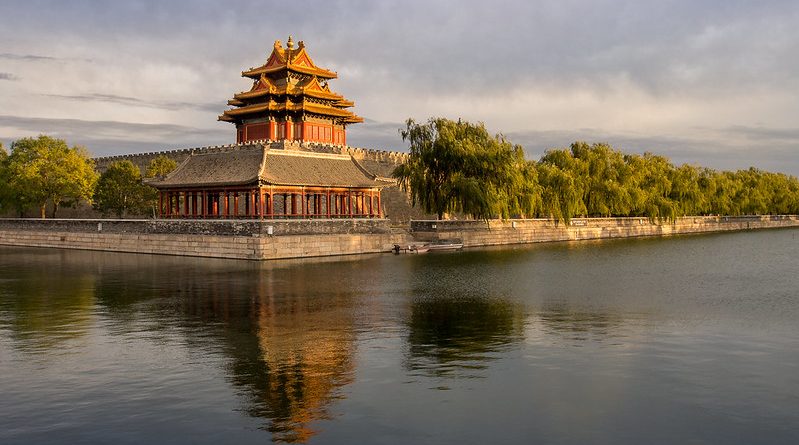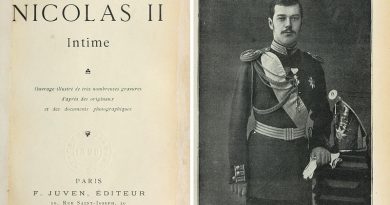Ancient Secrets: The Forbidden City
History Facts
Where: Right in the centre of Beijing
When: Constructed in the 15th century
Built by: The Chinese Emperor as a island of luxury away from the commoners
History: A centre of power, and power struggles, for 500 years
Go there for: Majestic architecture and a greater concentration of tourists than anywhere else in China
Lying in the centre of Beijing, the Forbidden City has a rich and mysterious history. China’s largest and best-preserved ancient buildings are found there and the Forbidden City is one of the most popular tourist attractions in the world, visited by about ten million people a year.
It is estimated that it took one million labourers to complete the construction of the Forbidden City in 1420. Covering an area of two square miles, it has over 800 buildings and 9000 rooms, which now houses a vast collection of priceless relics including ancient pottery, bronzes and paintings.
Today, there is a permanent restoration team that moves around repairing parts of the city and a complete renovation is said to take about ten years… by which time the first parts to be repaired would need to be worked on again!
History
For 500 years, the Forbidden City remained the exclusive domain of the ruling emperor and his servants, and it was strictly off limits to the rest of the common folk. A total of 24 emperors from the Ming and Qing dynasties ruled their kingdom from the confines of the city and they did not leave it unless it was absolutely necessary. However, this sometimes caused the emperor to be cut off from the external affairs and court eunuchs would be the ones with the real power.
Through the centuries, there have been many tales of betrayal, murder and power struggle in the Forbidden City. Manchu Empress Dowager Cixi was notorious for her ruthless methods and murderous plots against her rivals. It is rumoured that she once ordered her eunuchs to wrap the emperor’s favourite concubine Zhenfei in a carpet and throw her into a well. The concubine had often interfered with the Empress’ plans, perhaps once too many. The well is still there today, in a tiny courtyard in the northeast of the palace.
Feng Shui and Architecture
The Forbidden City was designed to reinforce the idea that emperor is the Son of God and will rule forever, and this ideology is seen throughout the architecture of the buildings. The buildings are painted red and its tiles yellow, and these Imperial colours are seen exclusively in the Forbidden City.
The layout of the buildings within the city strictly followed the principles of Feng Shui. The city is laid out along a north-south axis as it is believed the balance of yin (north) and yang (south) will bring universal harmony to the kingdom. Carved dragons were placed on rooftops as it was believed that they attracted cloud and water and would, therefore, protect the buildings, which were very prone to fire as they were all made of wood.
Gate of Supreme Harmony
The Gate of Supreme Harmony is the final gate before the throne. Between this gate and the Hall of Supreme Harmony lies the courtyard where the entire Imperial Court of 100,000 people would gather to be reviewed by the emperor from his throne. An official would call out the emperor’s arrival and the people would fall to their knees to kou tow (touching their foreheads to the floor) nine times, as a display of their complete subservience to the emperor, the Son of Heaven.
The Dragon Throne
More than half of the Forbidden City remains off-limits to the public and the Dragon Throne is unfortunately in that category. Intricately carved dragons and cranes adorn the throne where the most powerful person in the country once sat: the emperor. The imperial pathway from the Dragon Throne is made of solid white marble and weighs around 200 tons. It is said that 20,000 men took 28 days to lay the pathway in place.
Exploring the City
The Forbidden City is open from 8.30am to 5pm but admission tickets ($7) are only sold until 3.30pm. Tapes are available for self-guided tours but bear in mind that they only make sense if you enter the city from the south gate and leave from the north. You will often also be approached by men offering themselves as an English speaking tour guide (not strictly official), if you decide to take this option – make sure you barter hard – they will try to charge you as much as possible!
To get to the ticket offices to the city, you have to walk past Tiananmen Gate ticket booth, where many visitors mistakenly buy tickets which allow you access to the upper areas of the gate. Walk up north and eventually you will come to the correct booths.
By Melvyn Goh
Want more information on the fascinating city of Beijing? Watch the trailer below for GlobeTrekker’s Beijing City Guide – available to stream online or buy on DVD!
main image: Image courtesy of Roman Boed, Flickr creative commons




